Paul Liu
Stanford University
Minimum-Length Coordinated Motions For Two Convex Centrally-Symmetric Robots
Mar 03, 2025Abstract:We study the problem of determining coordinated motions, of minimum total length, for two arbitrary convex centrally-symmetric (CCS) robots in an otherwise obstacle-free plane. Using the total path length traced by the two robot centres as a measure of distance, we give an exact characterization of a (not necessarily unique) shortest collision-avoiding motion for all initial and goal configurations of the robots. The individual paths are composed of at most six convex pieces, and their total length can be expressed as a simple integral with a closed form solution depending only on the initial and goal configuration of the robots. The path pieces are either straight segments or segments of the boundary of the Minkowski sum of the two robots (circular arcs, in the special case of disc robots). Furthermore, the paths can be parameterized in such a way that (i) only one robot is moving at any given time (decoupled motion), or (ii) the orientation of the robot configuration changes monotonically.
Dynamic Data Layout Optimization with Worst-case Guarantees
May 08, 2024Abstract:Many data analytics systems store and process large datasets in partitions containing millions of rows. By mapping rows to partitions in an optimized way, it is possible to improve query performance by skipping over large numbers of irrelevant partitions during query processing. This mapping is referred to as a data layout. Recent works have shown that customizing the data layout to the anticipated query workload greatly improves query performance, but the performance benefits may disappear if the workload changes. Reorganizing data layouts to accommodate workload drift can resolve this issue, but reorganization costs could exceed query savings if not done carefully. In this paper, we present an algorithmic framework OReO that makes online reorganization decisions to balance the benefits of improved query performance with the costs of reorganization. Our framework extends results from Metrical Task Systems to provide a tight bound on the worst-case performance guarantee for online reorganization, without prior knowledge of the query workload. Through evaluation on real-world datasets and query workloads, our experiments demonstrate that online reorganization with OReO can lead to an up to 32% improvement in combined query and reorganization time compared to using a single, optimized data layout for the entire workload.
MonoTrack: Shuttle trajectory reconstruction from monocular badminton video
Apr 04, 2022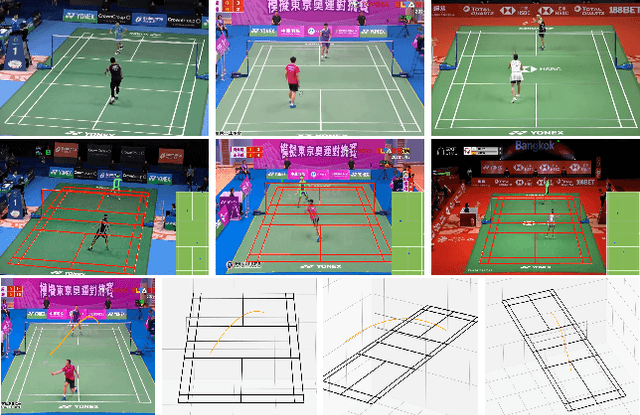
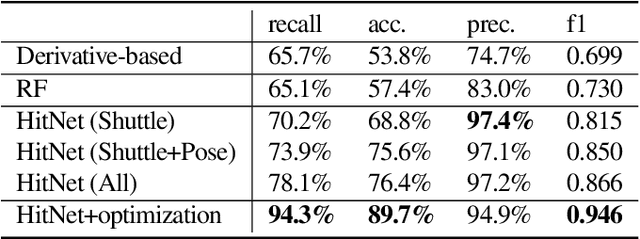
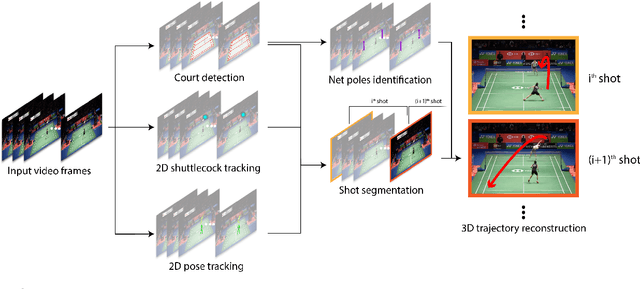

Abstract:Trajectory estimation is a fundamental component of racket sport analytics, as the trajectory contains information not only about the winning and losing of each point, but also how it was won or lost. In sports such as badminton, players benefit from knowing the full 3D trajectory, as the height of shuttlecock or ball provides valuable tactical information. Unfortunately, 3D reconstruction is a notoriously hard problem, and standard trajectory estimators can only track 2D pixel coordinates. In this work, we present the first complete end-to-end system for the extraction and segmentation of 3D shuttle trajectories from monocular badminton videos. Our system integrates badminton domain knowledge such as court dimension, shot placement, physical laws of motion, along with vision-based features such as player poses and shuttle tracking. We find that significant engineering efforts and model improvements are needed to make the overall system robust, and as a by-product of our work, improve state-of-the-art results on court recognition, 2D trajectory estimation, and hit recognition.
Coordinated Motion Planning Through Randomized k-Opt
Mar 28, 2021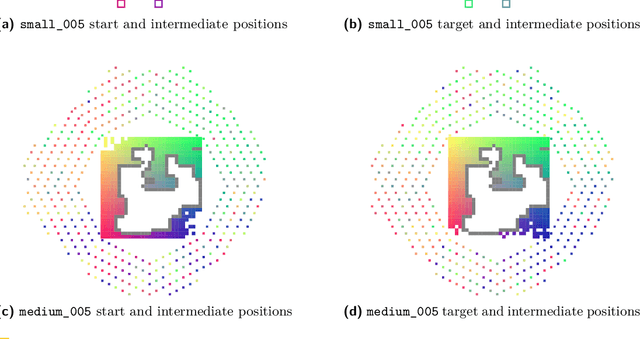
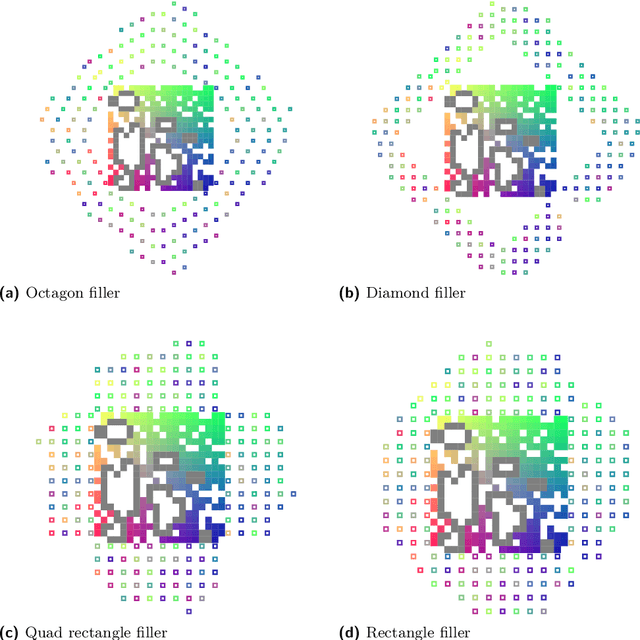
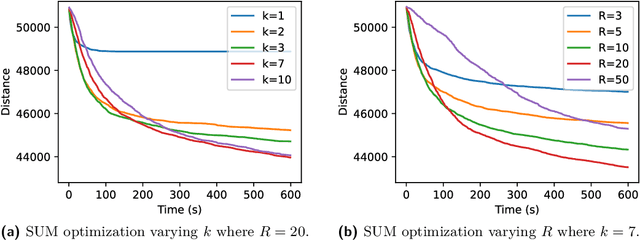
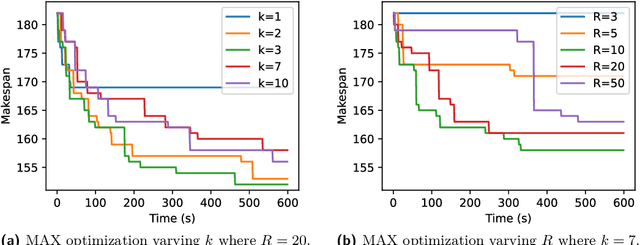
Abstract:This paper examines the approach taken by team gitastrophe in the CG:SHOP 2021 challenge. The challenge was to find a sequence of simultaneous moves of square robots between two given configurations that minimized either total distance travelled or makespan (total time). Our winning approach has two main components: an initialization phase that finds a good initial solution, and a $k$-opt local search phase which optimizes this solution. This led to a first place finish in the distance category and a third place finish in the makespan category.
An Elo-like System for Massive Multiplayer Competitions
Jan 02, 2021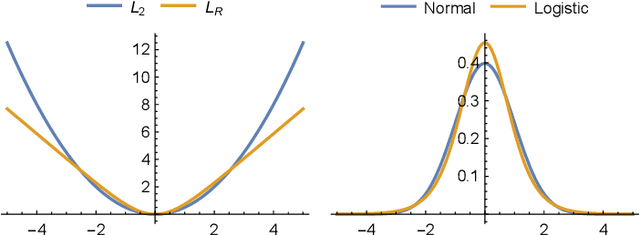



Abstract:Rating systems play an important role in competitive sports and games. They provide a measure of player skill, which incentivizes competitive performances and enables balanced match-ups. In this paper, we present a novel Bayesian rating system for contests with many participants. It is widely applicable to competition formats with discrete ranked matches, such as online programming competitions, obstacle courses races, and some video games. The simplicity of our system allows us to prove theoretical bounds on robustness and runtime. In addition, we show that the system aligns incentives: that is, a player who seeks to maximize their rating will never want to underperform. Experimentally, the rating system rivals or surpasses existing systems in prediction accuracy, and computes faster than existing systems by up to an order of magnitude.
 Add to Chrome
Add to Chrome Add to Firefox
Add to Firefox Add to Edge
Add to Edge